SHORT LINE RAILROAD
Montreal, Maine and Atlantic Railway: From Cross-Border Freight Link to Bankruptcy After Lac-Mégantic Disaster Once spanning over 500 miles across Maine, Vermont, and Quebec, MMA’s 2013 oil train derailment in Lac-Mégantic led to one of North America’s deadliest rail disasters and triggered sweeping regulatory reforms.
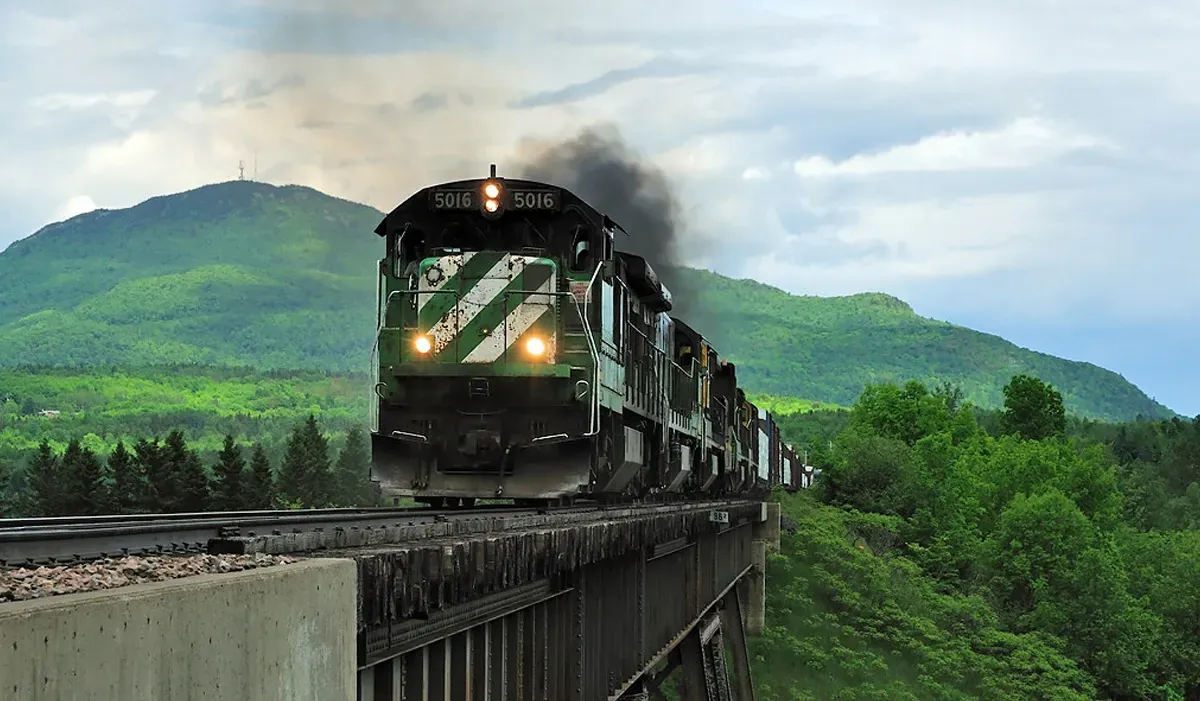

Montreal, Maine and Atlantic Railway was a regional freight railroad that operated one of North America’s most extensive cross-border rail networks, connecting businesses across Maine, Vermont, and Quebec with safe, efficient, and environmentally responsible transportation solutions. The network covered approximately 510 route miles, primarily transporting crude oil, forest products, paper, and general merchandise..
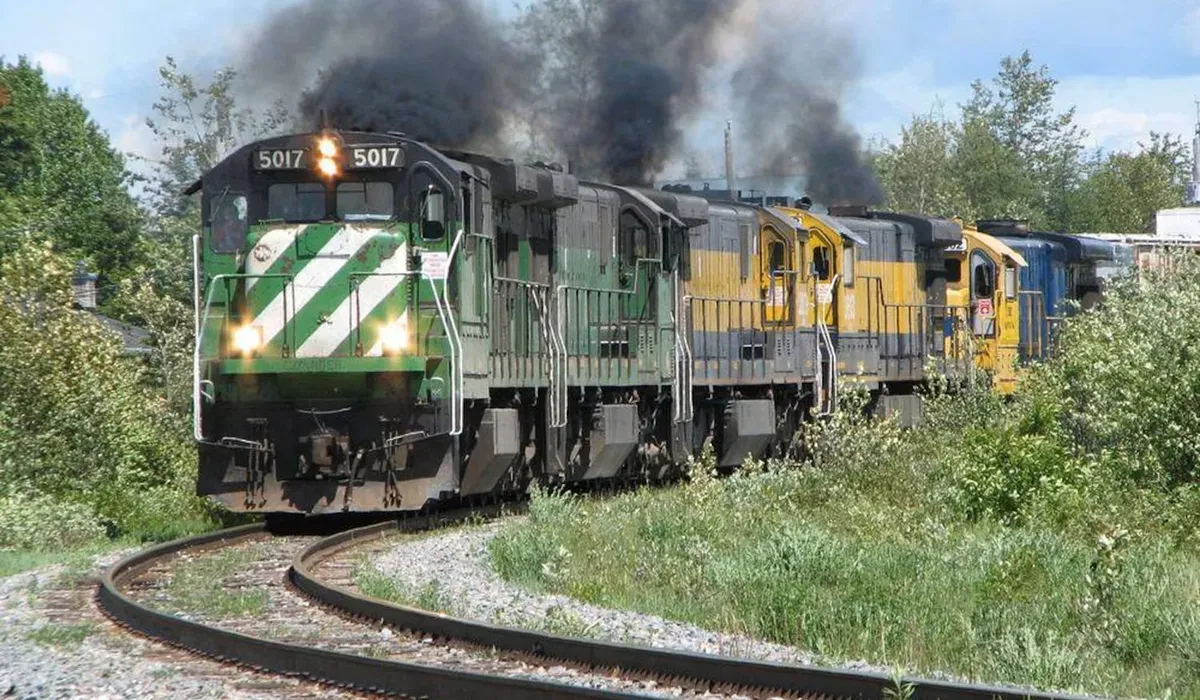
FOUNDING HISTORY & ORGANIZATIONAL STRUCTURE
The company was founded in 2002 by Rail World, Inc., led by Edward Burkhardt, through the acquisition of the Bangor & Aroostook Railroad and several affiliated lines. Its original purpose was to consolidate and modernize regional rail service in northern New England and southern Quebec.
HEADQUARTERS & OPERATIONAL BASES
The headquarters of Montreal, Maine and Atlantic Railway was located at 1700 Hammond Street, Hermon, Maine. This facility served as the central administrative office and coordinated operations, dispatching, and customer service for the entire network..
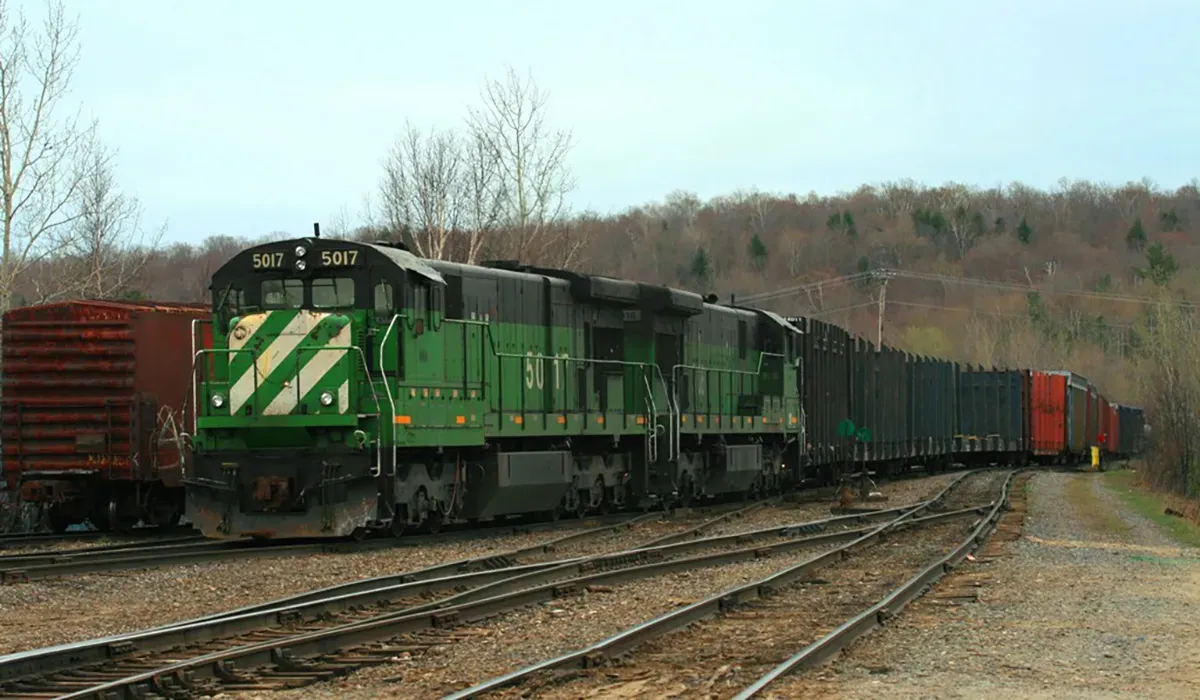
LEADERSHIP & EMPLOYEES
Edward Burkhardt served as Chairman of the Board for both the Canadian and American divisions of Montreal, Maine and Atlantic Railway. The executive team included key leaders such as Robert Grindrod, who was President and CEO, and other senior managers overseeing operations, finance, and safety. Burkhardt was known for his extensive experience in the rail industry, having previously led Wisconsin Central and Rail World.
Montreal, Maine and Atlantic Railway employed approximately 170 people, with about 120 serving as skilled craftspeople, maintenance workers, and service teams. The workforce was primarily based in Maine and Quebec, with a mix of train crews, mechanical staff, and administrative personnel.
FACILITIES & OPERATIONS
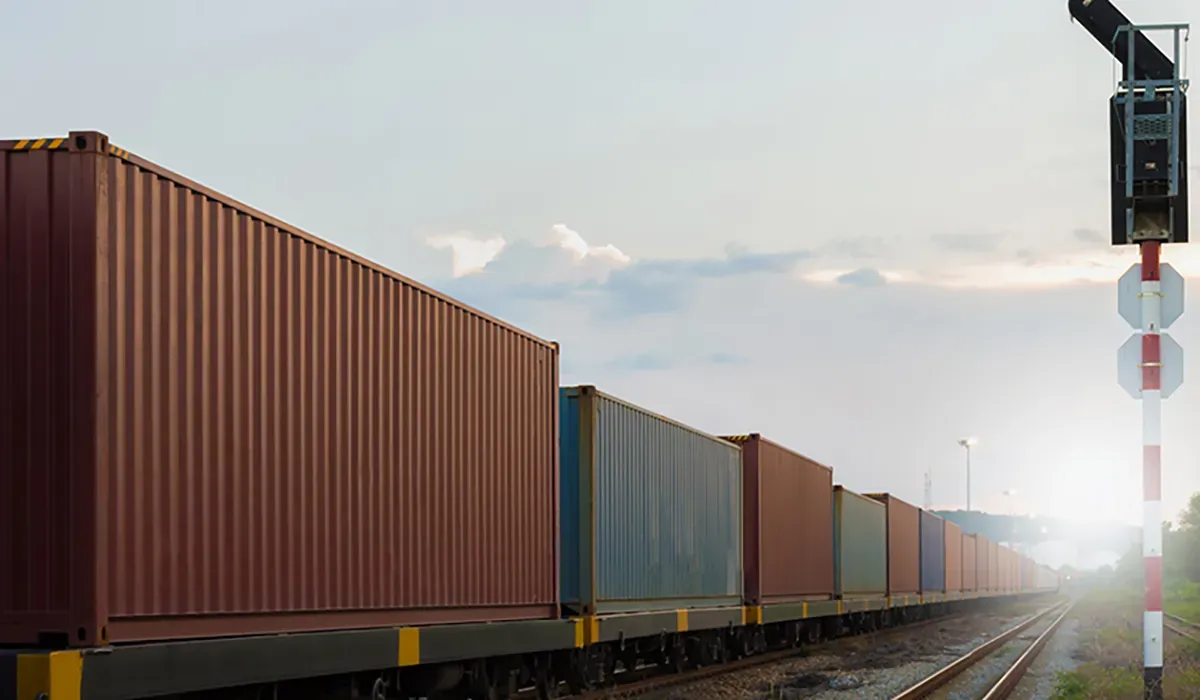
Major facilities included the main yard and locomotive shop in Derby, Maine, a key interchange yard in Brownville Junction, Maine, and terminals in Farnham, Quebec, and Newport, Vermont. The company also operated a transload facility in Searsport, Maine, and a maintenance base in Jackman, Maine.
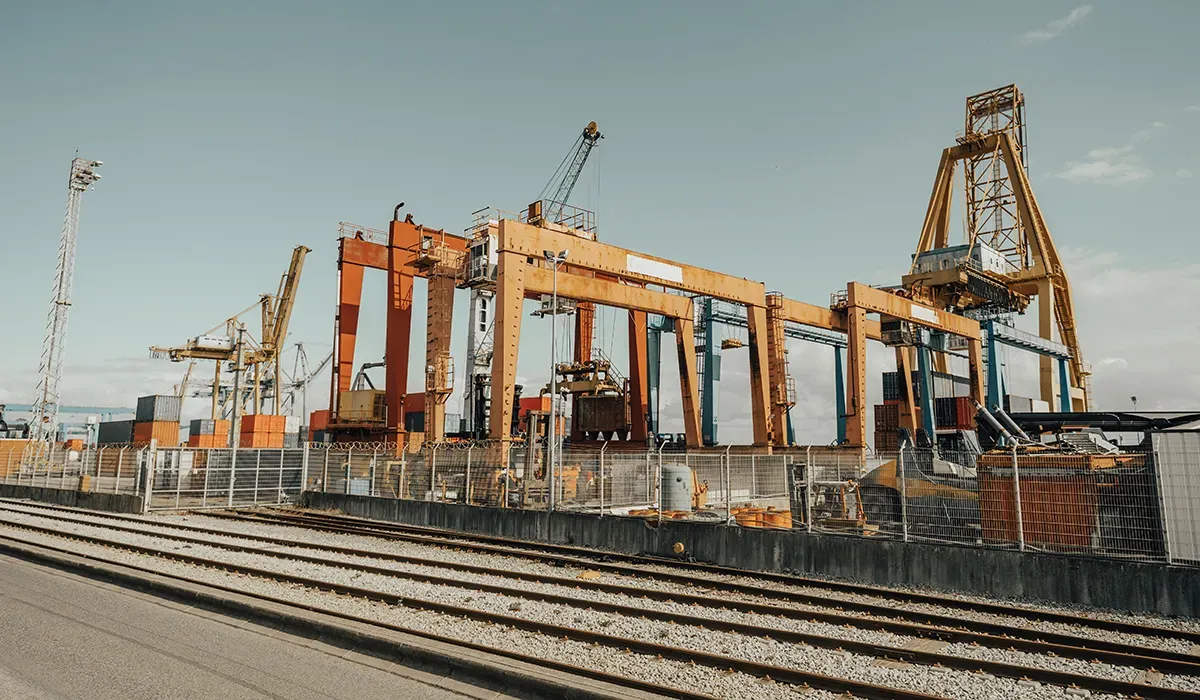
Montreal, Maine and Atlantic Railway maintained compliance with Federal Railroad Administration safety regulations and Canadian Transport Agency standards. The company did not hold ISO certifications but received periodic safety audits and participated in industry safety programs. After the Lac-Mégantic disaster, regulatory scrutiny increased significantly.
EQUIPMENT & INFRASTRUCTURE
The railroad handled a variety of freight cars, including boxcars for paper and forest products, tank cars for crude oil and chemicals, and covered hoppers for grain and other bulk commodities. Intermodal container traffic was limited, but the network could accommodate standard 20-foot and 40-foot containers on flatcars.
Montreal, Maine and Atlantic Railway used a centralized traffic control system for train dispatching and basic computerized tracking for shipments. Customer service was managed through phone and email, with limited digital self-service options. Automation and advanced APIs were not widely implemented during its operation.
The geographic scope of the railroad included the U.S. states of Maine and Vermont and the Canadian province of Quebec, with a total of about 510 route miles. Key corridors connected Brownville Junction, Maine, to Farnham, Quebec, and provided access to major interchange points with Canadian National and other regional carriers.
Strategic partnerships included interchange agreements with Canadian National Railway, Pan Am Railways, and New Brunswick Southern Railway. The company also worked with regional trucking firms and logistics providers to facilitate cross-border shipments.
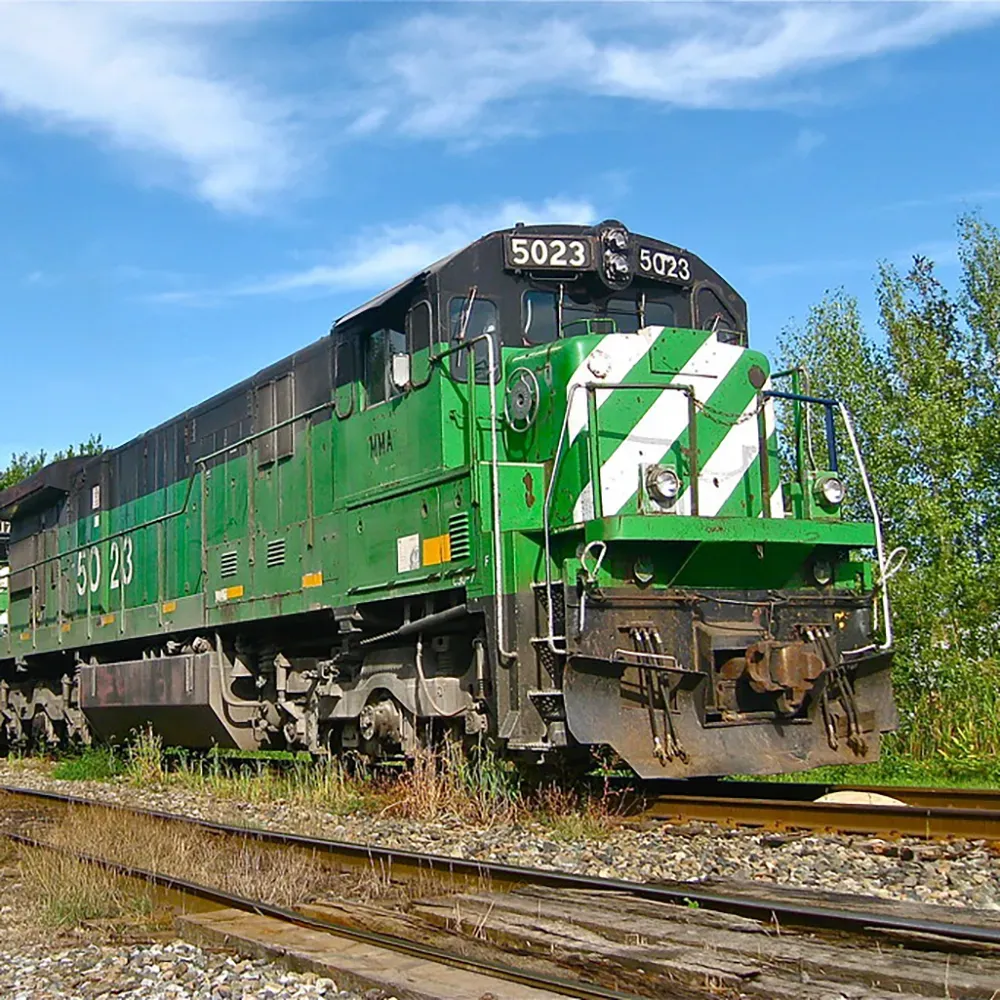
FINANCIAL METRICS & STABILITY
In 2012, Montreal, Maine and Atlantic Railway reported a pre-tax profit of approximately $2 million on revenues of $25 million. The company’s operating ratio was around 92 percent, reflecting ongoing challenges in cost control and efficiency.
Recent capital investments included $3 million in track upgrades and locomotive modernization between 2010 and 2012. The company was acquired by Railroad Acquisition Holdings, a subsidiary of Fortress Investment Group, for $15.85 million in January 2014, following bankruptcy proceedings.
SERVICE PORTFOLIO

Montreal, Maine and Atlantic Railway offered a range of logistics services, including full carload and less than carload shipments for forest products, crude oil, and general merchandise. Additional services included transloading, warehousing, and coordination with customs brokers for cross-border shipments.

The company’s digital offerings were limited, with no dedicated customer portal or API center. Most customer interactions were handled by phone or email, and shipment tracking was available only through direct contact with customer service.
INDUSTRY REPUTATION & NEWS
In recent developments, the company’s assets were sold in 2014 to Central Maine and Quebec Railway, which was later acquired by Canadian Pacific Railway in 2020. The Lac-Mégantic disaster in July 2013 led to bankruptcy, regulatory changes, and the end of MMA’s independent operations.
Montreal, Maine and Atlantic Railway’s site certification program was not widely publicized, but the company participated in industry safety reviews and compliance audits. The railroad’s legacy includes its role in shaping new safety standards for crude oil transport by rail.
ANALYSIS & FUTURE OUTLOOK